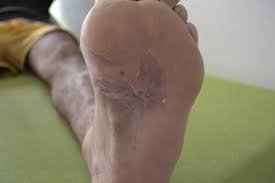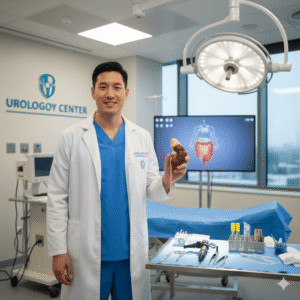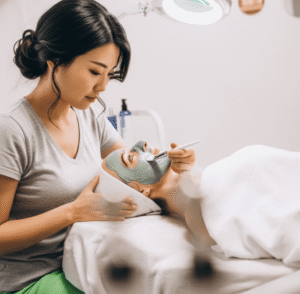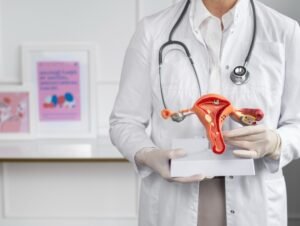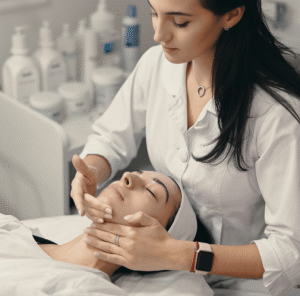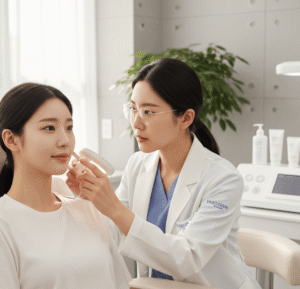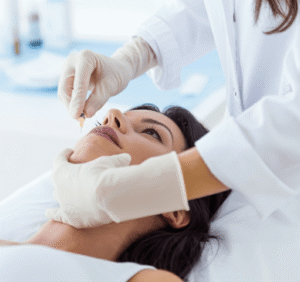Overview
Madura Foot, also known as mycetoma, is a chronic infectious disease affecting the skin, subcutaneous tissue, and sometimes bone, most commonly in the feet. In Korea, it is rare but recognized in travelers or immigrants from endemic regions. Specialized dermatology and infectious disease departments manage diagnosis and treatment.
What is Madura Foot?
Madura Foot is caused by fungal or bacterial infections that lead to swelling, deformity, and discharge of grains from lesions. The disease progresses slowly and can lead to serious disability if untreated. Both adults and children can be affected, but it is more common in individuals in rural or tropical regions.
Symptoms
- Painless swelling of the foot or affected area
- Nodules under the skin
- Multiple draining sinuses with discharge
- Presence of small granules (yellow, black, or white) in pus
- Progressive deformity of the foot
- Possible secondary infection causing redness or tenderness
Causes
- Infection by fungi (eumycetoma) or bacteria (actinomycetoma)
- Entry of infectious organisms through minor cuts or puncture wounds
- Poor foot hygiene or walking barefoot in contaminated soil
- Chronic exposure to warm, humid environments
Risk Factors
- Living or traveling in tropical or subtropical regions
- Walking barefoot in soil or contaminated areas
- Agricultural workers or laborers exposed to soil
- Delayed treatment of minor foot injuries
- Immunocompromised individuals
Complications
- Destruction of skin, subcutaneous tissue, and bone
- Permanent deformities of the foot
- Secondary bacterial infections
- Amputation in severe or neglected cases
- Chronic disability affecting mobility
Prevention
- Wear protective footwear, especially in rural or endemic areas
- Clean and care for minor wounds promptly
- Maintain good foot hygiene
- Early medical consultation for swelling or persistent nodules
- Avoid exposure to contaminated soil or vegetation in endemic areas
Treatment Options in Korea
Diagnosis
- Clinical examination for characteristic swelling and sinus tracts
- Microscopic examination of grains from discharge
- Culture and sensitivity testing to identify bacterial or fungal species
- Imaging (X-ray or MRI) if bone involvement is suspected
Medical & Surgical Treatments
- Antifungal therapy for fungal mycetoma (e.g., itraconazole)
- Antibiotic therapy for bacterial mycetoma (e.g., sulfonamides or amikacin)
- Surgical excision in cases with localized lesions or bone involvement
- Reconstructive surgery for severe deformities
- Long-term monitoring to prevent recurrence
Rehabilitation and Support
- Physical therapy to restore mobility after surgery
- Proper footwear to prevent pressure or injury to affected areas
- Patient education on hygiene and early signs of recurrence
- Follow-up imaging to monitor healing and prevent relapse

